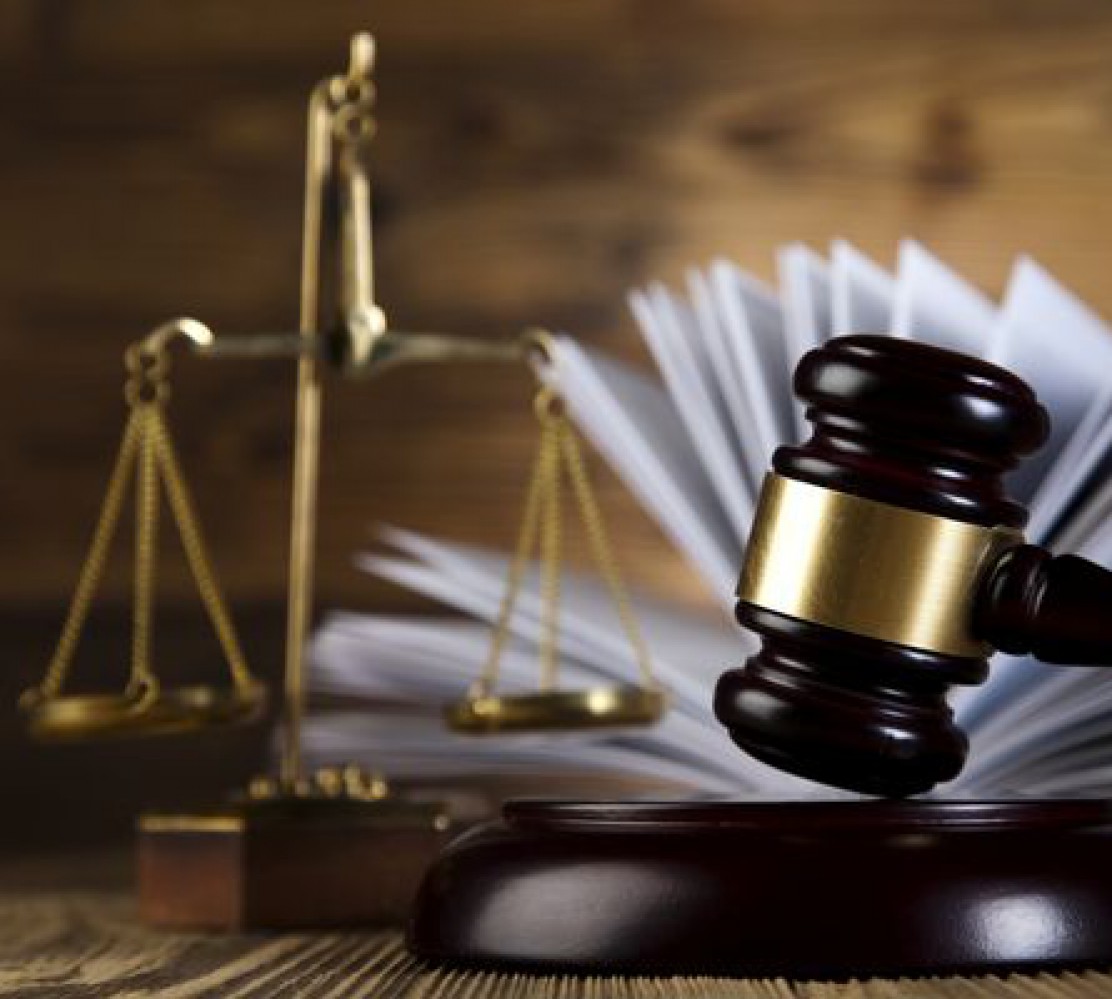Source : Economist News
By : Press Release
Category : Bail Bond Sanford , Sanford Bail Bonds

America’s Supreme Court hints it may keep a closer eye on the executive branch
In the midst of a fresh crack-down on undocumented migrants and a pending revision of the president’s travel ban, the Supreme Court heard an immigration case with potentially wide-ranging implications. Esquivel-Quintana v Jefferson Sessions is the first Supreme Court case naming Donald Trump’s new attorney general as a party—though it concerns a matter that took place well before he joined the cabinet. Depending on how the justices rule, immigration authorities may soon either enjoy a freer hand to deport non-citizens or find themselves judicially constrained in these efforts. Juan Esquivel-Quintana arrived in America from Mexico with his parents at the age of 12 and became a lawful permanent resident. In 2009, Mr Esquivel-Quintana served 90 days in jail and five years on probation for statutory rape. He was found to have violated California’s penal code by having sex, at the age of 20, with his 16-year-old girlfriend. (The law criminalises sexual relations between an adult and “a minor who is more than three years younger than the perpetrator”.) Later, after moving from California to Michigan, Mr Esquivel-Quintana became subject to removal proceedings by the Department of Homeland Security. The Immigration and Nationality Act (INA) provides that “sexual abuse of a minor” is an “aggravated felony” and constitutes grounds for deportation. Mr Esquivel-Quintana’s crime, authorities said, fit that bill. Three rounds of litigation later, Mr Esquivel-Quintana found no relief. An immigration judge, a panel of the Board of Immigration Appeals, and the Sixth Circuit Court of Appeals all confirmed the decision to send him back to Mexico. In his final appeal to the Supreme Court, however, Mr Esquivel-Quintana seemed to have some hope of staying in America. The case turns on the meaning of the phrase “sexual abuse of a minor”. Jeffrey Fisher, Mr Esquivel-Quintana’s lawyer, told the justices that his client’s actions would not have cost him a day in jail in 43 states. And of the seven remaining states, most construe sex with near-17-year-olds as a misdemeanor, “and only one of those seven states calls that conduct abuse”. On top of that, Mr Esquivel-Quintana’s behaviour would not have been a crime under either the Model Penal Code (a project in the 1960s to standardise state criminal laws) or federal law. In sum, Mr Fisher argued, the justices “could decide this case by saying that the seven states that have laws like California’s…but draw the age of consent at 18, automatically fall outside of sexual abuse of a minor”. Taking in the full “sweep” of state and federal law, Mr Fisher proposed, 16 ought to be accepted as the age of consent for the purposes of the INA.
Speaking for the federal government, Allon Kedem refuted the notion that the definition of “sexual abuse of a minor” is a function of counting up laws in the 50 states and finding an average. This technique (taking a “multijurisdictional survey”, in legalese) has not been the Supreme Court’s strategy in most similar cases, Mr Kedem argued. All but twice, the justices have ignored or “specifically rejected the relevance of those multijurisdictional surveys, saying that they would shed no light on the central inquiry”. There is good reason for eschewing a glance over the nation’s many conflicting sex-crime laws, Mr Kedem claimed. First, there are “very difficult line-drawing problems”. How many states would be needed to pinpoint a common thread? “Is it 50 percent? Two-thirds? Three-quarters? Something else?” Second, there is the complication of widely varying state populations. It “seems somewhat anomalous to treat Wyoming’s statute exactly the same as California’s, even though California’s statute applies to m ore than 50 times the population”. Should the justices conduct a weighted survey based on the number of people subject to various permutations of the law? These are all reasonable objections, yet Mr Kedem had trouble coming up with a justification for his own, quite expansive, definition of child abuse. It seems a few of the justices found it rather unfair to put a consensual relationship that is, in Justice Elena Kagan’s words, “really like a freshman in college going out with a junior in college” into a category of “aggravated felony”. Should a young man face deportation from America for such an act? Ms Kagan seemed to hold her nose at the sources Mr Kedem summoned: “a single dictionary definition and some legislative history that even you indicate is sparse”. And the justices teamed up to ridicule the definition, which held that (only) “a parent, guardian, relative, or acquaintance” could be the perpetrator. “If somebody meets someone at a bar and doesn’t even know them”, Justice Stephen Breyer said, pushing on the “acquaintance” requirement, “and gets the person drunk and they go home and they have sex…that would sound much more like sexual abuse of a minor than a senior in college dating and living with a sophomore”.
Reeling from this exchange, Mr Kedem pivoted in his final minutes by pleading for deference. The INA makes “an explicit delegation of interpretive authority”, providing that “the attorney general not only gets to conduct removal proceedings, but gets to render interpretations in those proceedings that are, quote, ‘controlling’”. Administrative agencies, Mr Kedem continued, “are actually quite good at drawing these sorts of lines”. On the other hand, it’s “sort of problematic for courts to do it”. Better to let a “politically accountabl[e]” agency determine what counts as abuse than to entrust the job to unelected judges. In making this final point, Mr Kedem appealed to the so-called Chevron doctrine developed in the mid-1980s: when a statue is ambiguous, the courts should defer to the relevant administrative agency’s interpretation thereof rather than issue a definitive judgment themselves. The late Justice Antonin Scalia was a fan of Chevron deference. Notably, his probable successor, Neil Gorsuch, is not. In an opinion last summer, Mr Gorsuch wrote that Chevron permits agencies “to swallow huge amounts of core judicial and legislative power” and to “concentrate federal power” against the wishes of the founders. In Monday’s hearing, Justices Kennedy and Breyer both voiced some hesitation about the breadth of Chevron. When it comes to an agency that has “special expertise in regulating the environment or the forest service or fisheries or nuclear power”, Mr Kennedy said, deference makes sense. But “why does the INS have any expertise in determining the meaning of a criminal statute?” Perhaps the justices are better suited to that task. These glimmers of scepticism about the reach of Chevron—and hints that the justices may employ the “rule of lenity” to give the benefit of the doubt to the defendant—suggest that Mr Esquivel-Quintana has a chance of avoiding deportation. They also hold open the possibility that once Mr Gorsuch takes his seat on the bench, the court may begin a move away from bowing to the discretion of the executive branch in close cases. The implications of such an evolution in the law of administrative agencies are complex and vast, but they point in one curious direction: the possibility that at the dawn of the Trump presidency, courts will begin asserting themselves more in keeping an eye on—and checking—the administration.
Read more here: economist.com/blogs/democracyinamerica/2017/02/deportation-and-law




















